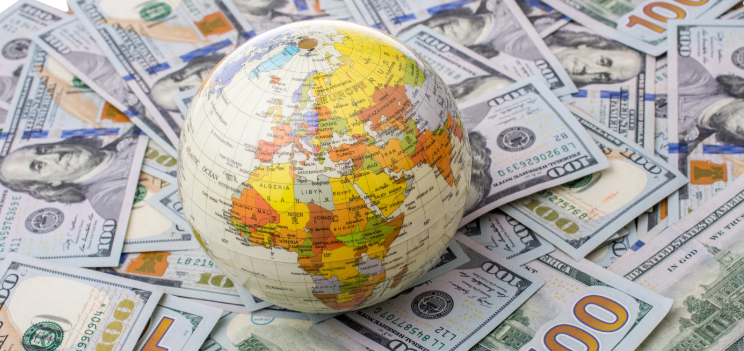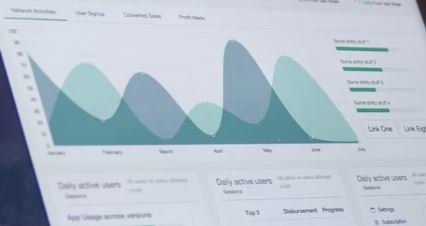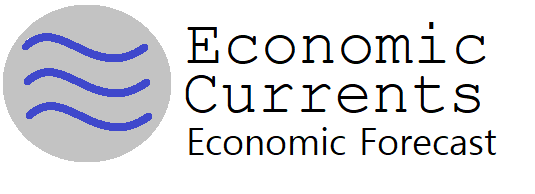Money, Banking, and the Economic Process
Surely, there is a reason why, in writing the General Theory, Keynes was in search of “a theory of output as a whole.”1 Without it, one cannot understand money, banking, and the economic process.

Surely, there is a reason why, in writing the General Theory, Keynes was in search of “a theory of output as a whole.”1 Without it, one cannot understand money, banking, and the economic process.

Note: This article was originally posted on May 7, 2023. The Analysis and Conclusion sections were completed on May 8. The final additions to the Appendix were made on May 9.
Previously,1 encouraging results were obtained when correlation analysis was restricted to periods of significant inflation or disinflation. In this post, we examine what can be learned about the correlation between deficit spending and inflation when timeline adjustment of the data is implemented.

Credit: Image by Gerd Altmann from Pixabay
Authored by Steven Hansen
EconCurrent‘s Economic Index modestly improved but remains in positive territory. Are more bank failures on the horizon? Read on to understand the currents affecting our economic growth.

Previous work has shown that the correlation between US federal government deficit spending and CPI inflation fluctuates widely and wildly over time. Results vary depending on data sample selection. That leads to the present decision to look specifically at each instance of inflation, disinflation, and deflation.
The Congressional Budget Office has produced a paper entitled “The U.S. Dollar as an International Currency and Its Economic Effects” which they summarized as follows:
The U.S. dollar plays an important role as the most widely used currency in global goods, services, and financial markets. Strong international demand for U.S. dollars and dollar-denominated assets associated with the dollar’s status as an international currency has increased the value of the dollar in foreign exchange markets and the value of dollar-denominated assets in financial markets. As a result, the dollar’s status has contributed to persistent U.S. trade deficits and, by lowering interest rates, to increased access to credit for U.S. households, businesses, and the federal government. Over the next decade, the dollar’s international use is expected to decline very gradually, in the Congressional Budget Office’s assessment, but it will not be overtaken by either of its closest competitors, the euro or the Chinese renminbi.

Last week we thought we had wrapped up, for now, our work on timeline shift effects on the correlation between US federal government deficit spending and consumer inflation. However, more ideas have occurred, and this week we will look at further details regarding which comes first, inflation or increased government spending.

Credit: Photo by Grace O’Driscoll on Unsplash
This week we return to the question of whether the inflation-spending correlation is greater when measured before, after, or concurrently with US federal deficit spending. The data for the 108-year period from 1914 to 2022 is used.

Credit: Image by Babil Kulesi from Pixabay
This week we examine take a deep dive into what can be learned from examining the unsmoothed data for correlation of deficit spending and CPI inflation. As before, we are looking at the years 2014-2022.

Credit: From a photo by Carlos Muza on Unsplash.1
Authored by Steven Hansen
EconCurrent‘s Economic Index insignificantly improved but has barely returned to positive territory. What interesting events over this past month including the banking failures? Read on to understand the currents affecting our economic growth.

Note: This was posted at 4:24 pm on March 26 with some incomplete sections. Updating in was completed at 2:52 am March 28.
In previous parts of this discussion, we have made some qualitative observations about relationships involving the correlations between U.S. federal government spending and inflation in the U.S. economy. For the first time in this series, we will move into the arena of quantitative measurements of government spending and inflation correlations.

Credit: Photo by Mahdi Soheili on Unsplash